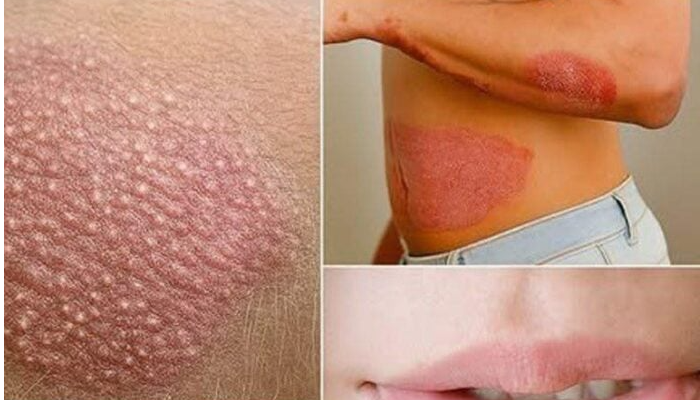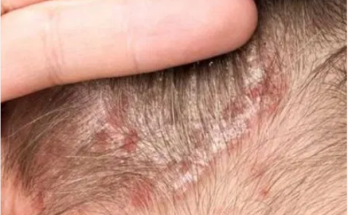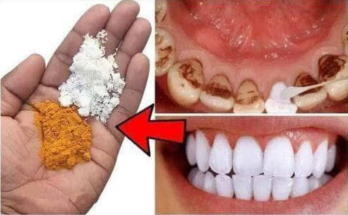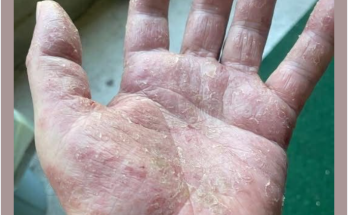Your skin isn’t just your body’s largest organ—it’s also a messenger. Often, subtle changes in its color, texture, or appearance reflect what’s happening inside. Paying attention to these signals can help you catch certain health problems early, sometimes even before other symptoms appear.
Here are some of the most important skin-related signs that could point to underlying medical issues.
1. Yellowish Skin or Eyes (Jaundice)
When skin and the whites of the eyes develop a yellowish tint, it often signals a buildup of bilirubin, a substance the liver normally processes. This condition is called jaundice, and it can point to serious issues, including:
- Chronic liver disease (such as hepatitis or cirrhosis)
- Blocked bile ducts
- Certain medication reactions
If you notice yellowing, especially alongside fatigue or abdominal discomfort, seek medical attention promptly.
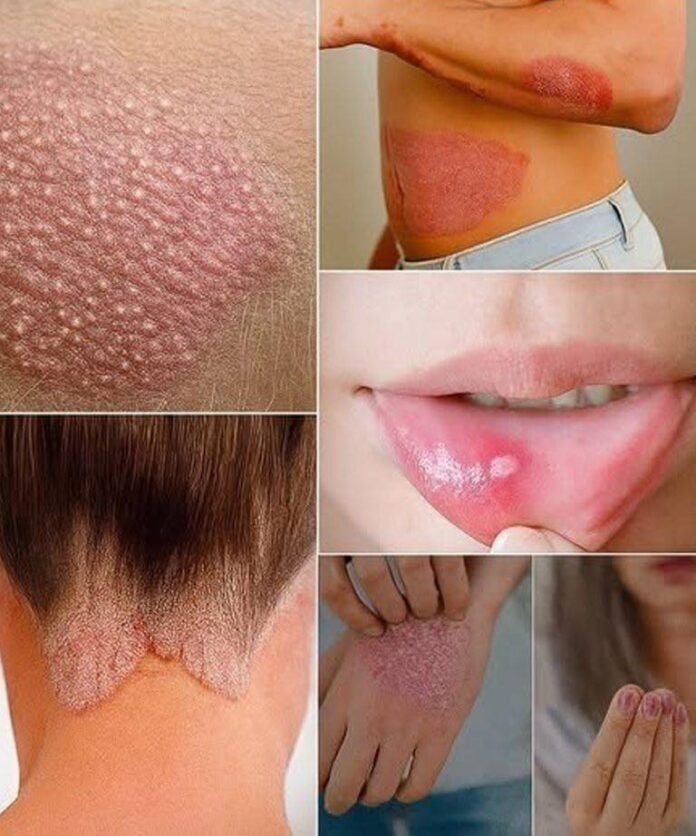
2. Dark, Velvety Patches on the Neck or Armpits
Thickened, darker skin that appears in folds—often around the neck, armpits, or groin—may be a sign of acanthosis nigricans. This condition is strongly associated with insulin resistance, which can be a warning sign for type 2 diabetes.
3. Persistent Redness or Rashes
Chronic redness on the face with visible blood vessels may indicate rosacea, a long-term inflammatory skin condition.
When rashes appear on other areas of the body, possible causes include:
- Allergic reactions
- Infections
- Autoimmune conditions like lupus
- Chronic inflammatory diseases
If rashes worsen, spread, or come with systemic symptoms such as fever or joint pain, professional evaluation is crucial.
4. Brittle or Mottled Nails
Your nails are part of the integumentary system, and their condition can reveal hidden health problems. Warning signs include:
- Brittle nails: may point to nutritional deficiencies or thyroid disorders.
- Dark lines or changes in shape: can sometimes signal cardiovascular disease or, rarely, melanoma.
Healthy nails should be strong and uniform—persistent changes are worth checking.
5. Severe Dryness and Flaking
Occasional dry skin is normal, especially in winter. But if dryness persists despite moisturizing, it may be linked to:
- Hypothyroidism (underactive thyroid)
- Psoriasis
- Atopic dermatitis (eczema)
- Chronic dehydration or poor nutrient absorption
When creams don’t help, it’s a sign something deeper may be at play.
6. Unexplained Bruising
While bumps and bruises happen, frequent or unexplained bruising can signal problems such as:
- Clotting disorders
- Vitamin K deficiency
- Low platelet counts (thrombocytopenia)
If bruises appear without injury or are unusually large, consult a healthcare professional.
When Should You See a Doctor?
Don’t dismiss sudden or persistent skin changes as merely cosmetic. If you experience:
- Rapidly worsening discoloration or rashes
- Skin changes alongside fatigue, fever, weight loss, or pain
- New or unexplained bruising
…it’s time to seek medical advice.
A dermatologist can be your first point of contact, but depending on the suspected cause, other specialists—such as endocrinologists, gastroenterologists, or rheumatologists—may become part of your care team.
Your skin is a mirror of your overall health. From yellowing that suggests liver trouble to dark patches hinting at diabetes risk, these signs aren’t just surface-level concerns—they’re signals your body is sending.
By learning to recognize them, you can act early, protect your long-term health, and ensure that both you and your skin remain strong and vibrant.
